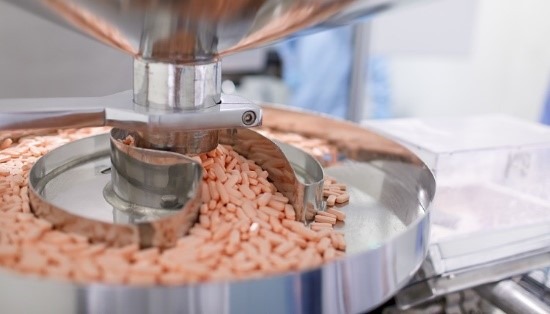Advanced ODT Technologies for Drug Development in Japan and the US
Since its introduction in the 1980s, the market for orally disintegrating tablets (ODTs) has grown annually, and ODTs are now available in a variety of therapeutic areas, both over-the-counter and by prescription. The ODT market is projected to reach US$21 B in 2023. CMIC teamed up with Aprecia to talk about advanced ODT technologies and their advantages in drug development.
CMIC teams up with Aprecia experts to talk about advanced ODT technologies and its advantages in drug development. This informative webinar will detail the orally disintegrating tablet market trends in Japan and the US, the industry development in Japan, and the up-and-coming 3D printing technology being applied to manufacturing.
Market Trends
North America is currently the leader in the global market with an estimated share of 35%. Zofran, approved in North America, represents half of that market share in ODT. This webinar details the year-over-year trend of approved ODT drugs in Japan, including generic and brand-name and will show the increasing trend of generic approvals beginning in 2010.
ODT Drug Development in Japan
Orally disintegrating tablets combine the advantages of solid-dosage forms with other technologies to better meet patient needs. ODTs are referred to as a patient centric dosage form because of their ability to cater to specific patient groups. Because of this, ODTs are ideal for administering drugs for pediatric and geriatric patients. Orally disintegrating tablets minimize dosage form errors and improve compliance and therapeutic outcomes due to their ease of use.
ODT technology originally began developing in Japan as early as 1997 using freeze drying and mold forming. Three years later, the technology progressed to the first generation ODT, which was a powder mold with a low hardness level. The second generation ODT advanced to a mid-level hardness a few years later. By 2006, the ODT tablets you know today were developed with a high level of hardness.
Requirements for ODT Manufacturing in Japan:
- Ensure bioequivalence to the reference dosage form
- Chemical tablet stability
- Sufficient hardness
- Taste – Ask CMIC about our Taste Masking technology
- Low cost and stable production
CMIC’s taste masking technology measures the tablets bitterness and is able to correct it using different masking effects and techniques.
3D-Printing Technology Development
3D-printing technology can be applied using “powder liquid” or “binder jetting”, a platform that has been validated and approved by the FDA as one of the first and only 3D-printing products. With this platform, the dosage forms are assembled layer by layer, without the use of compression forces or molds. This is especially beneficial for eliminating potential disruption of drug particles or particle coatings. The layer-by-layer formation allows a common blend to create multiple dosage strains. 3D technology also plays a large role in modified release and taste masking. This technology functions by spreading thin layers of powder and depositing pre-programmed patterns of liquid droplets onto selected regions of each layer. This is carried out repeatedly until the tablet is formed. Print images control the internal and external geometry of the dosage form as well as special composition. This allows control over regional tablet hardness, dispersibility characteristics, drug placement, and overall form/shape, obviating the need for tooling changes.
Download this webinar to learn more on manufacturing compounds, binding techniques, and the overall manufacturing process.



